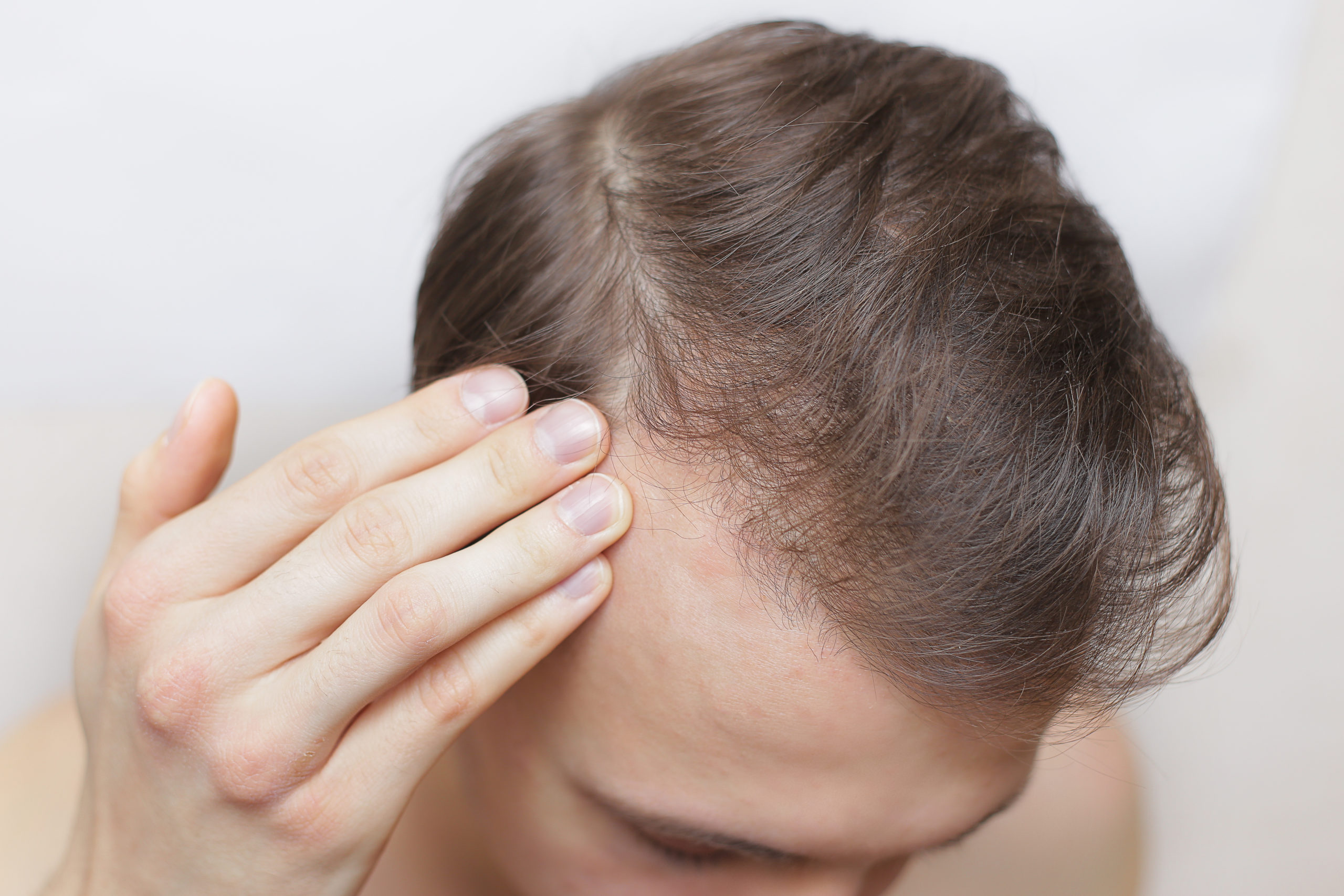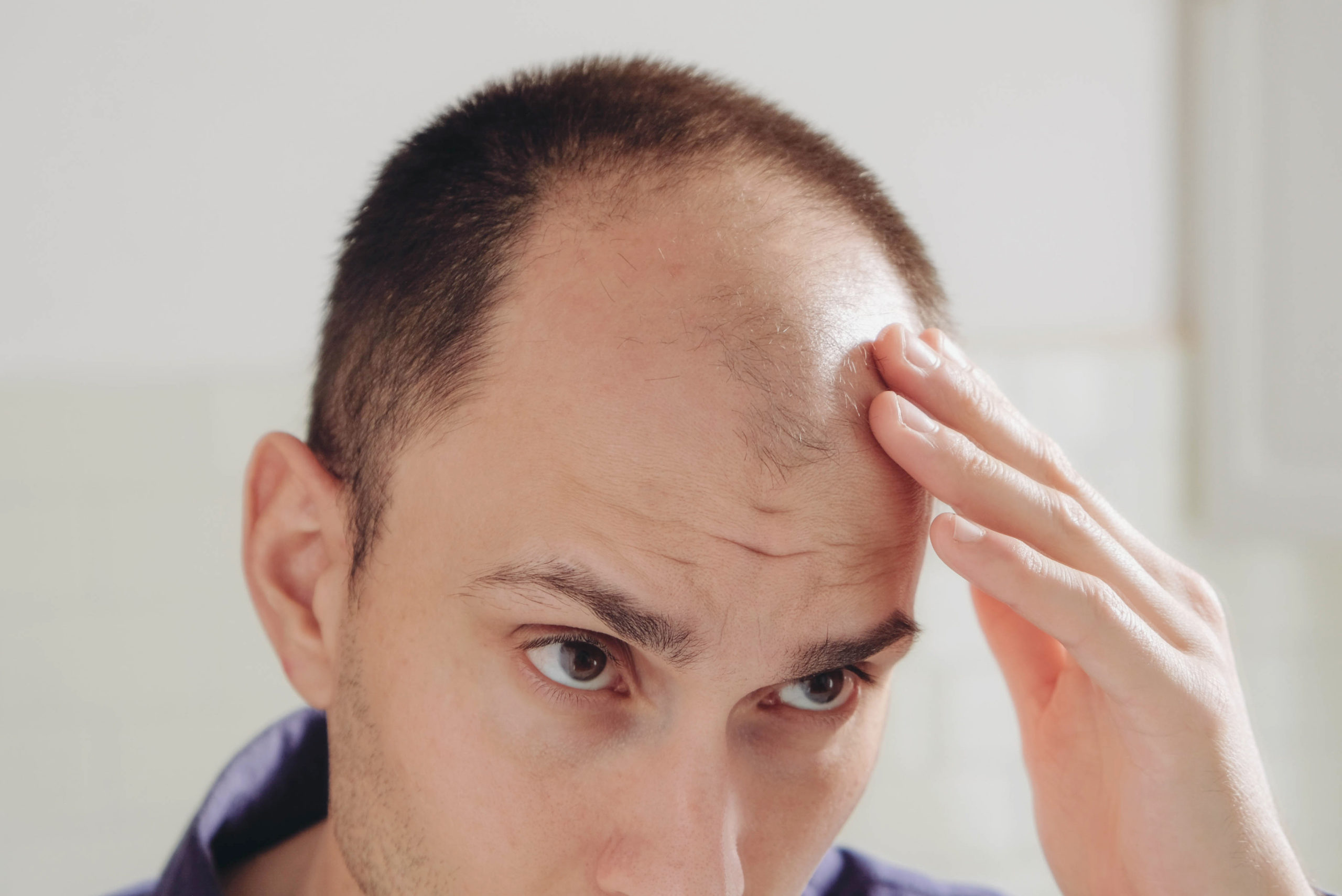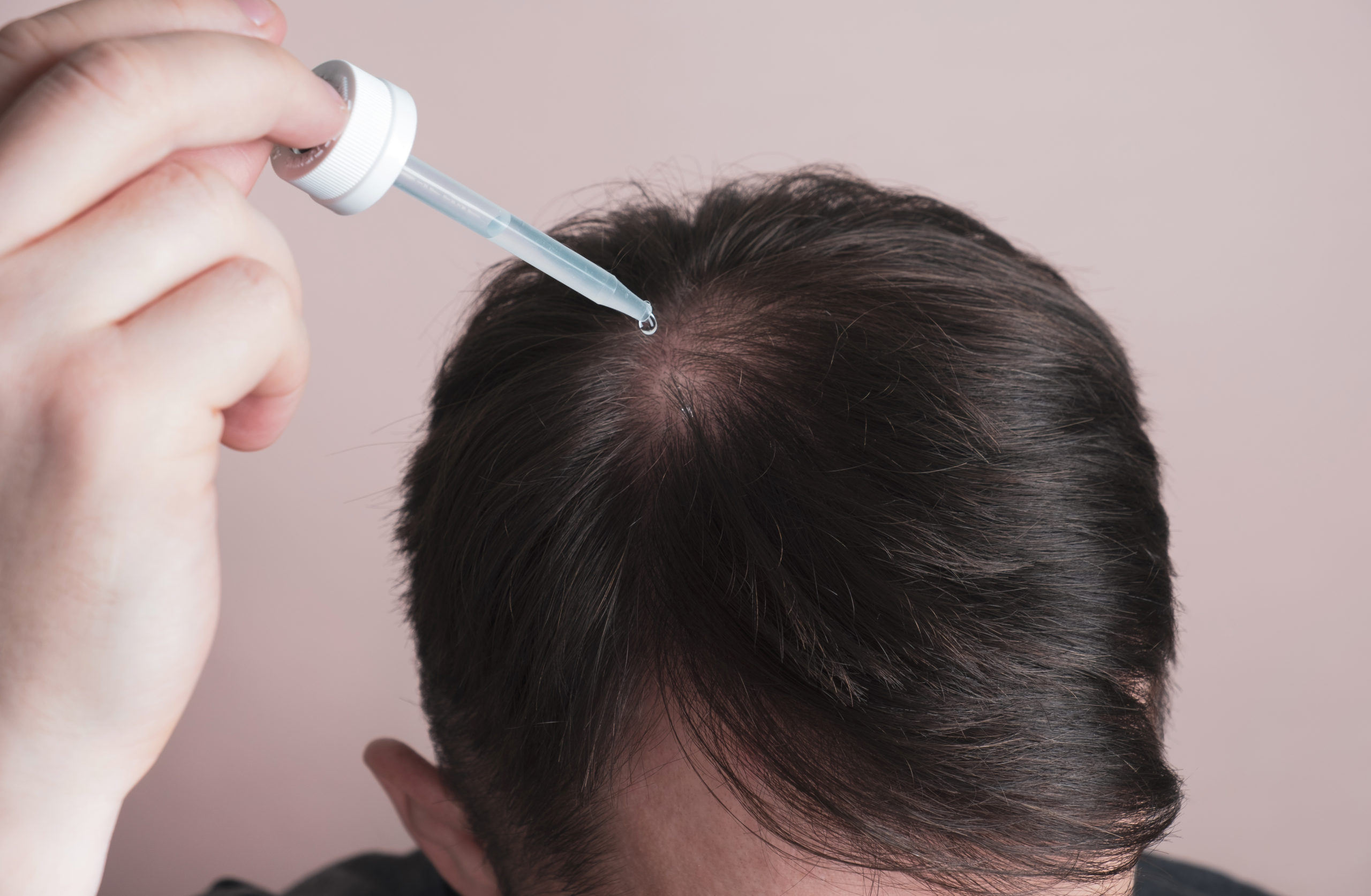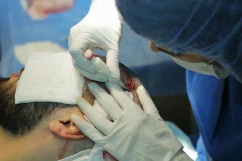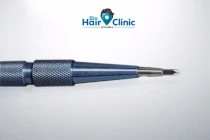What Is The Best Treatment For Hair Loss In Women?
Hair loss in women can be caused by a variety of factors. Medical conditions, hormone changes, and stress could all be to blame. Women between the ages of 25 and 45 can all be affected by hair loss at least once or twice during this period.
Hairstyles, caps, wigs and scarves are often used by women to conceal hair loss. However, discovering the underlying cause is better than hiding the issue but it isn’t always that simple. Let’s look at some of the main treatments and actions you can take to try to effectively stop the issue.
Summary
- Why Am I Suddenly Losing So Much Hair?
- What Causes Hair Loss in Women?
- The Top 2 Treatments for Hair Loss in Women
- Conclusion
Why Am I Suddenly Losing So Much Hair?
Hair loss in women is defined as when a woman loses her hair in large quantities. Women lose 50 to 100 single hairs per day on average, thus if more than this falls out it is a cause for concern. Also, attention needs to be paid to how the hair is falling out (i.e. whether it falls out in clumps or diffusely).
Losing hair each day is normal as it is part of the hair growth cycle, but these hairs are replaced after they fall out. Therefore, hair loss occurs when the proportion is skewed, i.e., when more hair falls out and less regrows.
What Does Hair Loss in Women Look Like?
Hair loss can present itself in various forms such as bald spots, receding hair or thinning hair. The causes of these concerns are varied, and can look like:
- Complete Hair Loss
Hair loss can occur rapidly all across your skin in various health conditions, notably with medical treatments such as chemotherapy. Women who are having cancer treatments tend to experience full hair loss.
- Thinning of the Hair
The most frequent type of hair loss is slow thinning on the crown of the scalp. Men and women also are affected. Men discover a bald spot, whereas women discover a widening of their parting at the top of the head.
- A Few Hair Strands
Hair loss can happen suddenly, especially after traumatic stress. When you shampoo or brush your hair, it may fall out easily, resulting in a noticeable amount of hair in the drain.
- Bald Spot
These can be round or patchy in appearance. They are typically seen as bald patches on the scalp in the shape of a coin. Before the hair starts falling out, your scalp may feel uncomfortable or irritated.

What Causes Hair Loss in Women?
Hair loss is generally referred to loosely as alopecia. There are several varieties, each generated by something different, such as genetics, scalp conditions, hair styling methods etc.
Some of the main hair loss conditions that women face include:
- Alopecia Areata
This is a type of hair loss that occurs in patches causing visible gaps in the hair. This is caused by the immune system attacking itself, in this case, the hair follicles, which results in bald spots. The number of bald areas varies from person to person, depending on the severity.
- Female Pattern Baldness
This is similar to male pattern baldness, which is the main cause of hair loss in men. However, hair loss in women occurs in a different pattern. In women, androgenic alopecia causes hair to thin progressively from the centre parting.
- Traction Alopecia
As a result of tight hairstyles and pulling tightly against your hair roots, many women experience traction alopecia. This is when the hair follicles become damaged from the excessive force on the strands.
The Top 2 Treatments for Hair Loss in Women
- Hair Transplant
The most effective and long-term treatment for hair loss in women is hair transplant surgery. Individual hairs are extracted from the back of the scalp and moved to areas of the scalp where there’s balding. This effectively replaces hair where it was lost.
In cases where the hair loss is extreme, a hair transplant may not be possible. This is because there needs to be enough hair in the donor area in order to achieve a good result in growing hair at the recipient area.
You can easily find out if you are suitable for a hair transplant by contacting our team who will be able to advise you about whether you have sufficient hair to achieve a natural-looking result.
- Minoxidil
Minoxidil is a topical medication available at pharmaceutical stores in fluid and foamy formulas. It’s designed to be massaged on your head regularly to avoid hair loss and encourage hair development, it normally requires months or years of application and you can experience negative side effects.
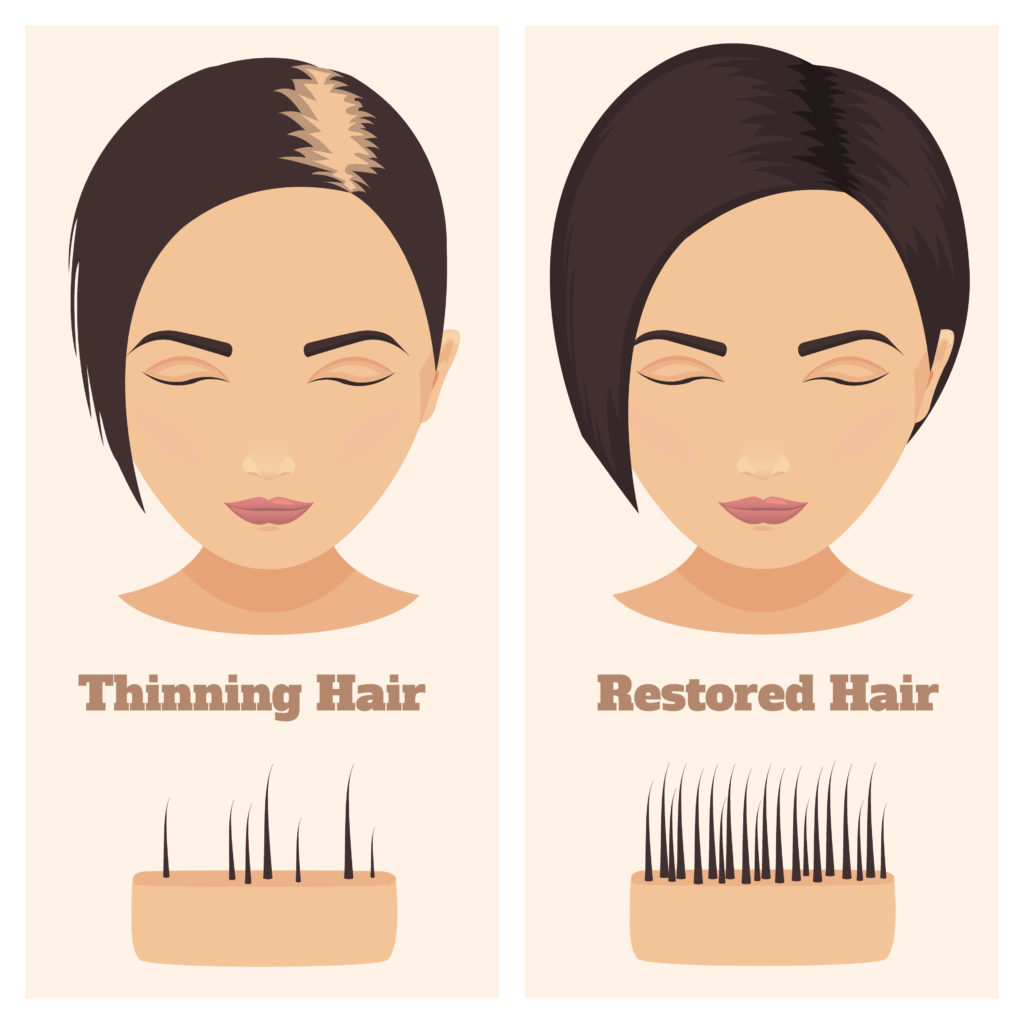
How Can Hair Loss in Women be Prevented?
- Inquire with your doctor about any medication or treatments you’re taking that could be causing hair loss through hormone imbalanaces.
- The heat from the sun and other UV rays should be avoided or your hair should be protected against them with protective products.
- Put down the cigarettes! Smoking has been linked to baldness in men in several types of research.
- When you’re having chemotherapy, consult your doctor about getting a cooling hat. This headwear can help you avoid hair loss while undergoing this intensive treatment.
Conclusion
Once you observe or feel you’re losing more hair than you ought to, it’s better to figure out what’s causing it and begin treatment as soon as possible. Although drugs bought from pharmaceutical stores to treat hair loss including minoxidil may assist with some varieties of hair loss, it is crucial to see a doctor as some medical issues can also trigger hair loss.
Hair loss affects both men and women, in fact female pattern baldness treatment is actually in demand. If you find yourself in this situation, there is a permanent remedy: hair transplantation for women. BioHair Clinic provides the best hair transplant treatment along with a free consultation from our team of experts.


